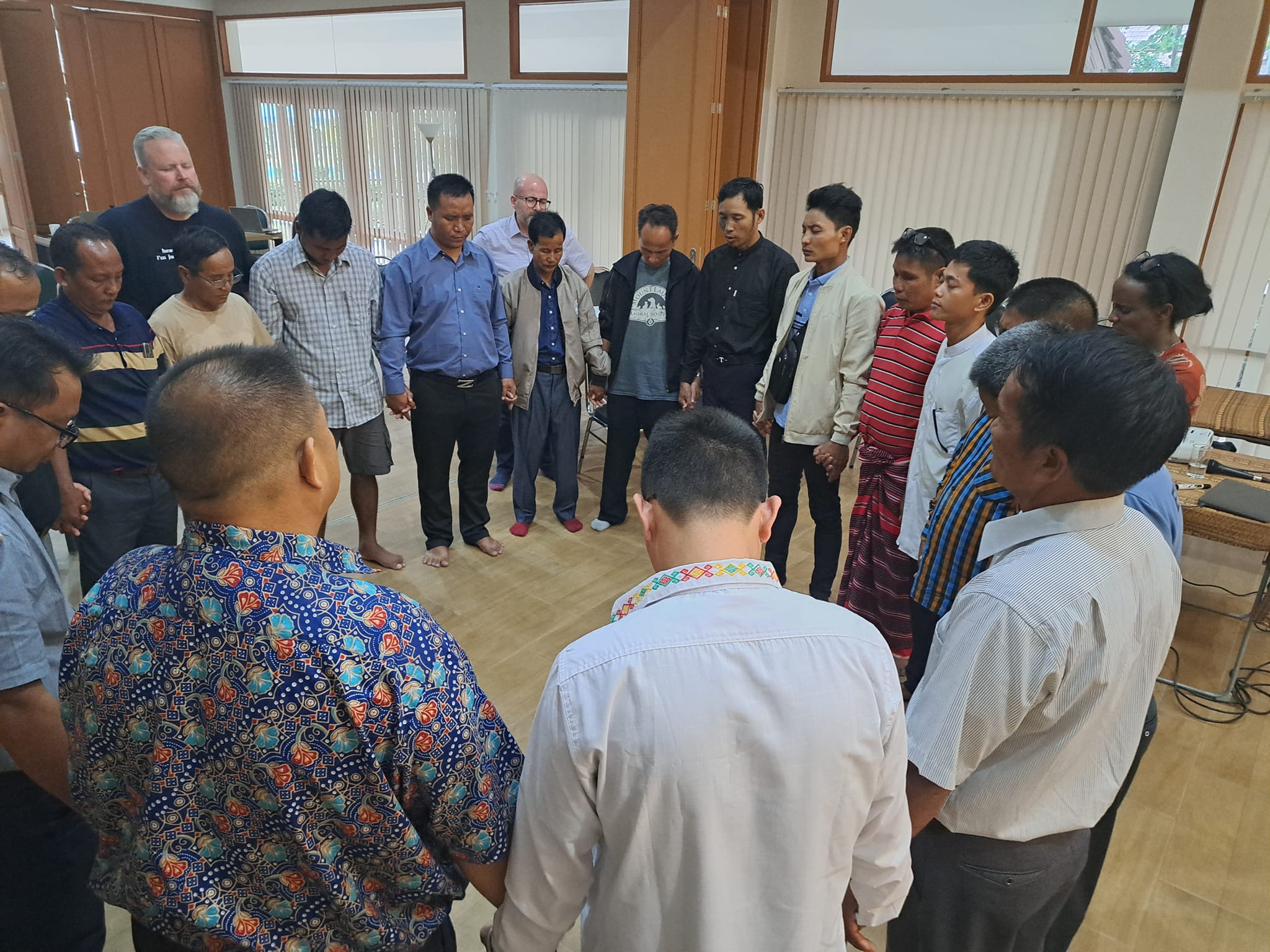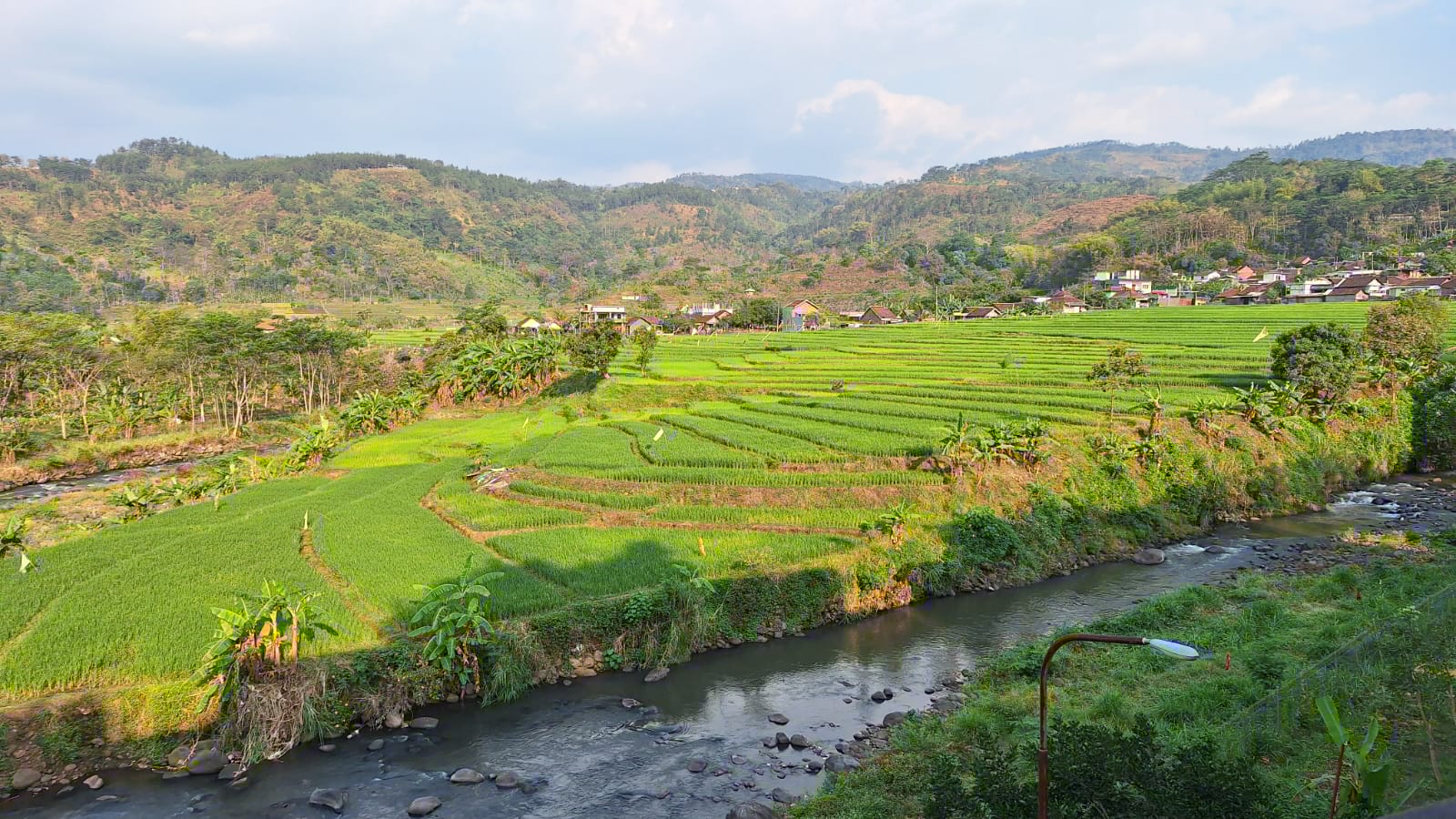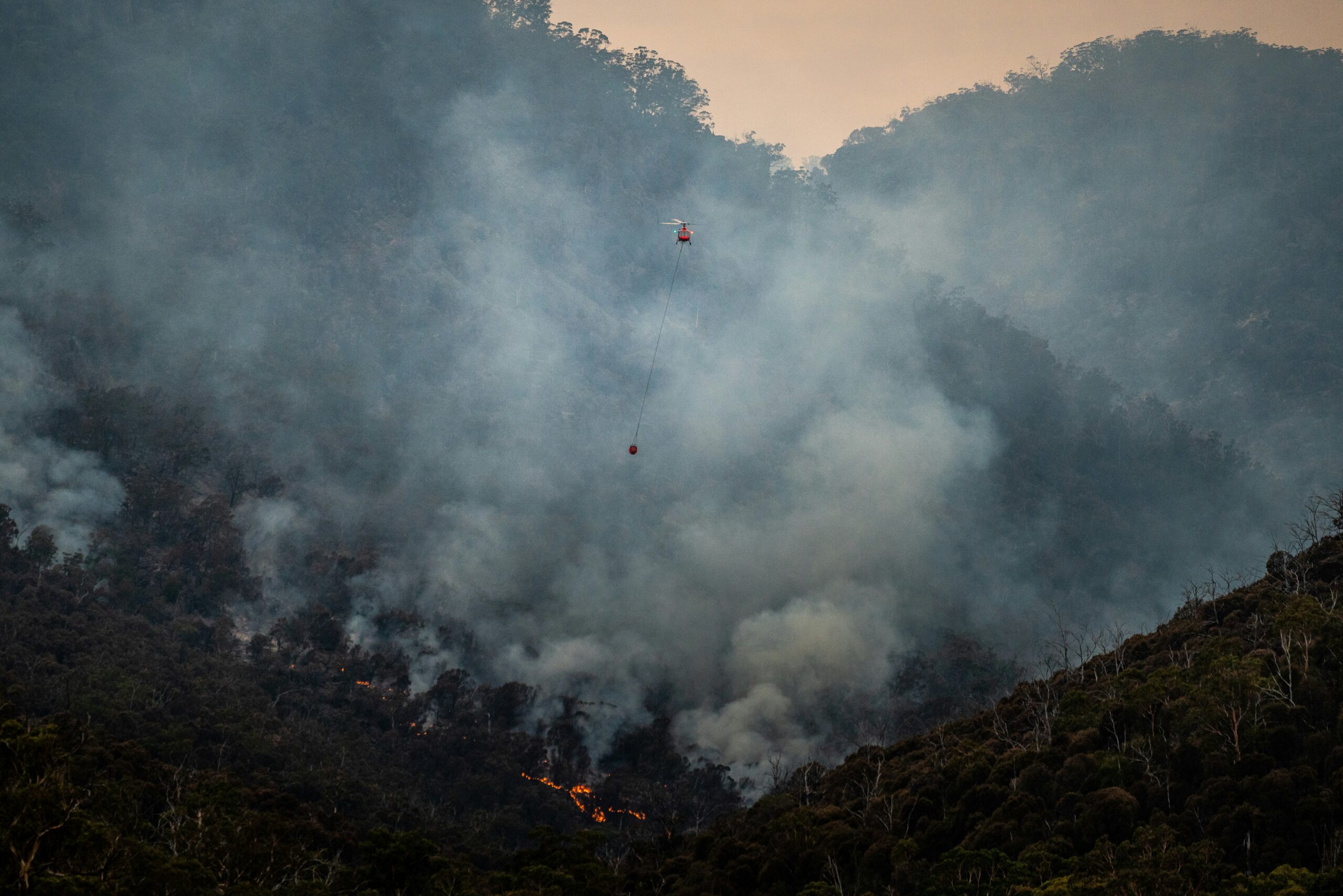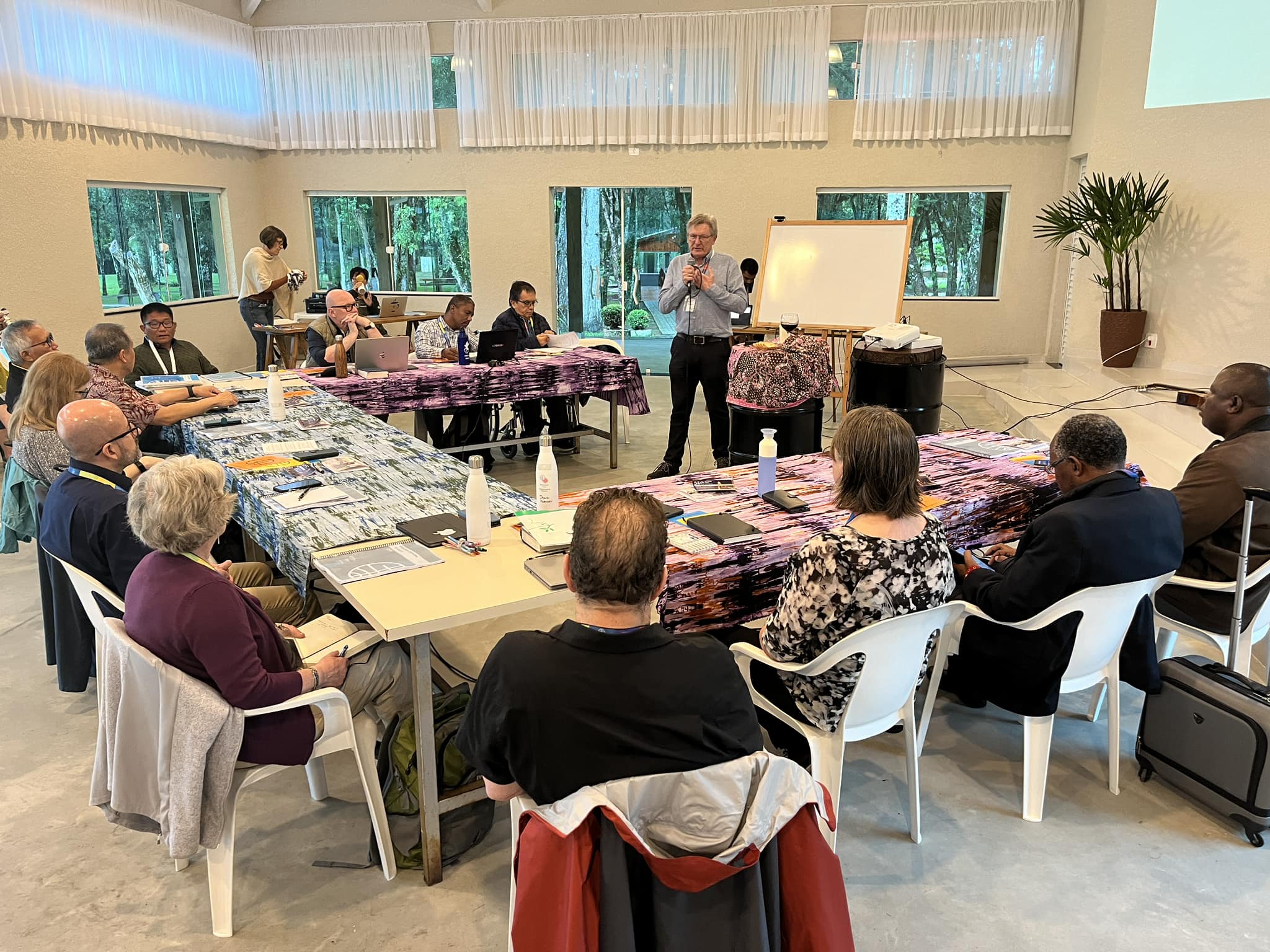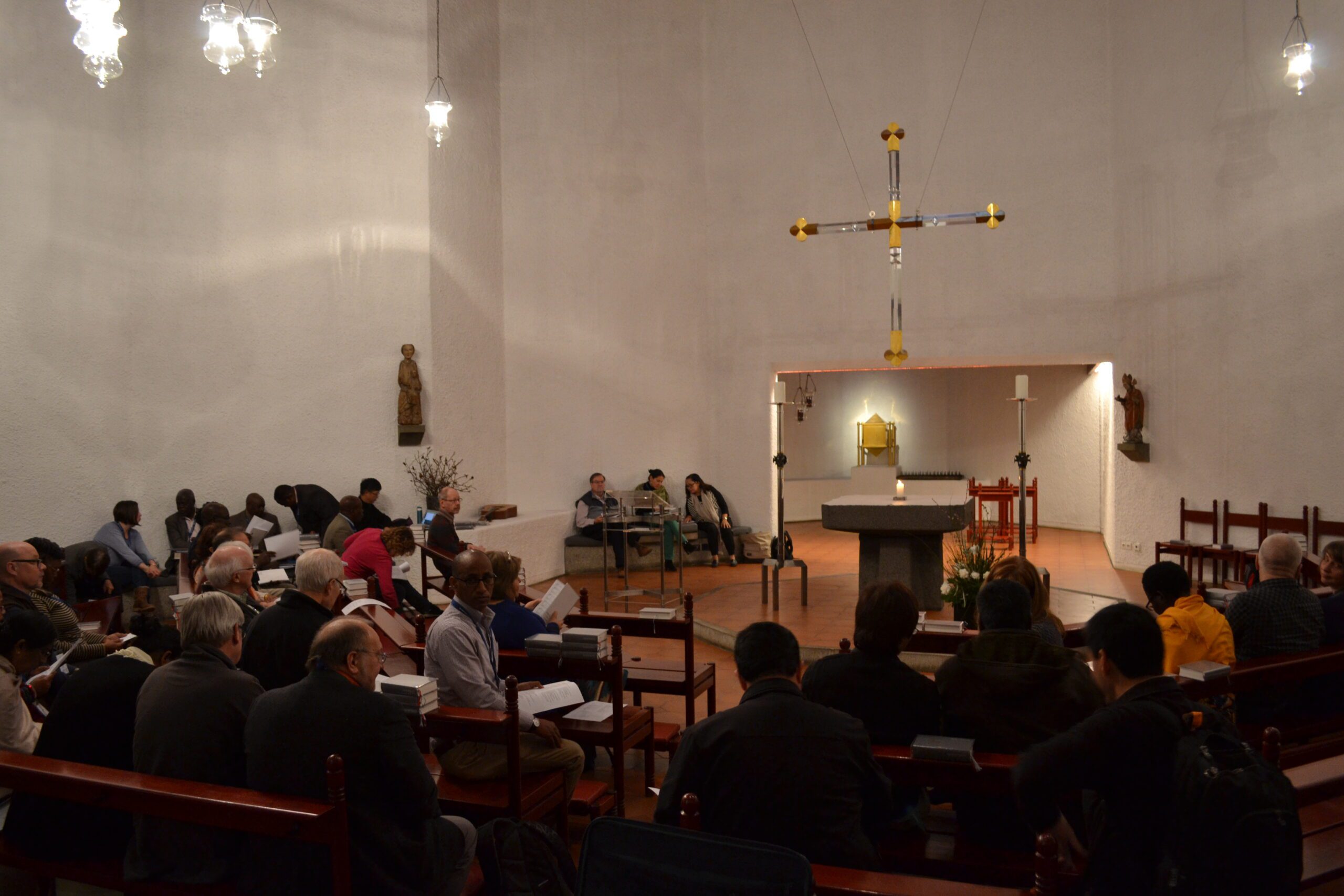-
Yesterday’s martyrs inspire those who suffer today
“Their commitment to passing down the message of peace and the gospel inspires me to live a sacrificial life for peace.” Stories of the early Anabaptist martyrs have shaped and inspired Mennonites around the world for 500 years. They continue to do so for suffering pastors in Myanmar, like the one quoted above. From 25-29…
-
Holy Spirit works through Catholic synod
“It was necessary to take courage: it’s another world, another vocabulary, another way of thinking. How was I to bring my own questions and be respectfully present as a guest while being fully Mennonite?” Anne-Cathy Graber asked these questions as she received an invitation to attend the Vatican’s Sixteenth Ordinary General Assembly of the Synod…
-
Commemorating 500 years of Anabaptism
Anabaptist World Fellowship Sunday 2025 Part A: Origin of Anabaptism in 1525 Part B: Origin of Anabaptists/Mennonites in your own country Part C: WCRC and MWC Common Statement of Confession, Gratitude and Commitment Part D: A Responsive reading of gratefulness, based on Psalm 136 This content is provided to give context for Anabaptism@500 years –…
-
Faithfulness in action
The environmental crisis and our mandate to care for creation A word of encouragement from the MWC Faith & Life Commission and the Creation Care Task Force. Part 2 of 2 “Creation care” is taking on ever-increasing urgency. The news reminds us daily of alarming changes in our climate. We are witnessing terrible violence against…
-
God so loved the cosmos…
The environmental crisis and our mandate to care for creation A word of encouragement from the MWC Faith & Life Commission and the Creation Care Task Force. Part 1 of 2 “Creation care” is taking on ever-increasing urgency. The news reminds us daily of alarming changes in our climate. As the Creation Care Task Force’s…
-
Executive Committee approves theological education and creation care grants
Continues shaping networks, adding membership and supporting learning and action in member churches Funding for theological education and carbon tax small grants was passed at the annual meeting of Mennonite World Conference’s Executive Committee meeting, 8-11 April 2024 in Curitiba, Brazil. Two new funds For many years, MWC member churches have called for more…
-
Devotional written by women for women
In the face of the pandemic’s challenges, “we can sit around waiting, full of fear in the face of the reality we are surrounded by, or we can take advantage of the flexible time and use it as an opening to be creative and productive,” says Mary Cano, general coordinator of MTAL (Honduras). MTAL –…
-
Can preaching bring peace?
The Menno Simons Sermon Prize was established by Dr. h.c. Annelie Kümpers-Greve (1946-2017), member of Hamburg-Altona Mennonite congregation in Germany, in 2008 on her conviction about the spoken word. Each year, the Centre for Peace Church Theology at the University of Hamburg, Germany, in cooperation with the Hamburg-Altona congregation awards the €2 000 prize for an…
-
A Theology of Interchurch Hospitality and Denominational Identity
Mennonite World Conference embarked on the first formal dialogue process with the Baptist World Alliance in 1989. Since then, MWC has entered into conversations with Lutheran World Federation, Seventh Day Adventists, Catholics, and, most recently, a five year trilateral dialogue with Lutherans and Catholics. Seeing the value of these dialogues, the Faith and Life Commission…
